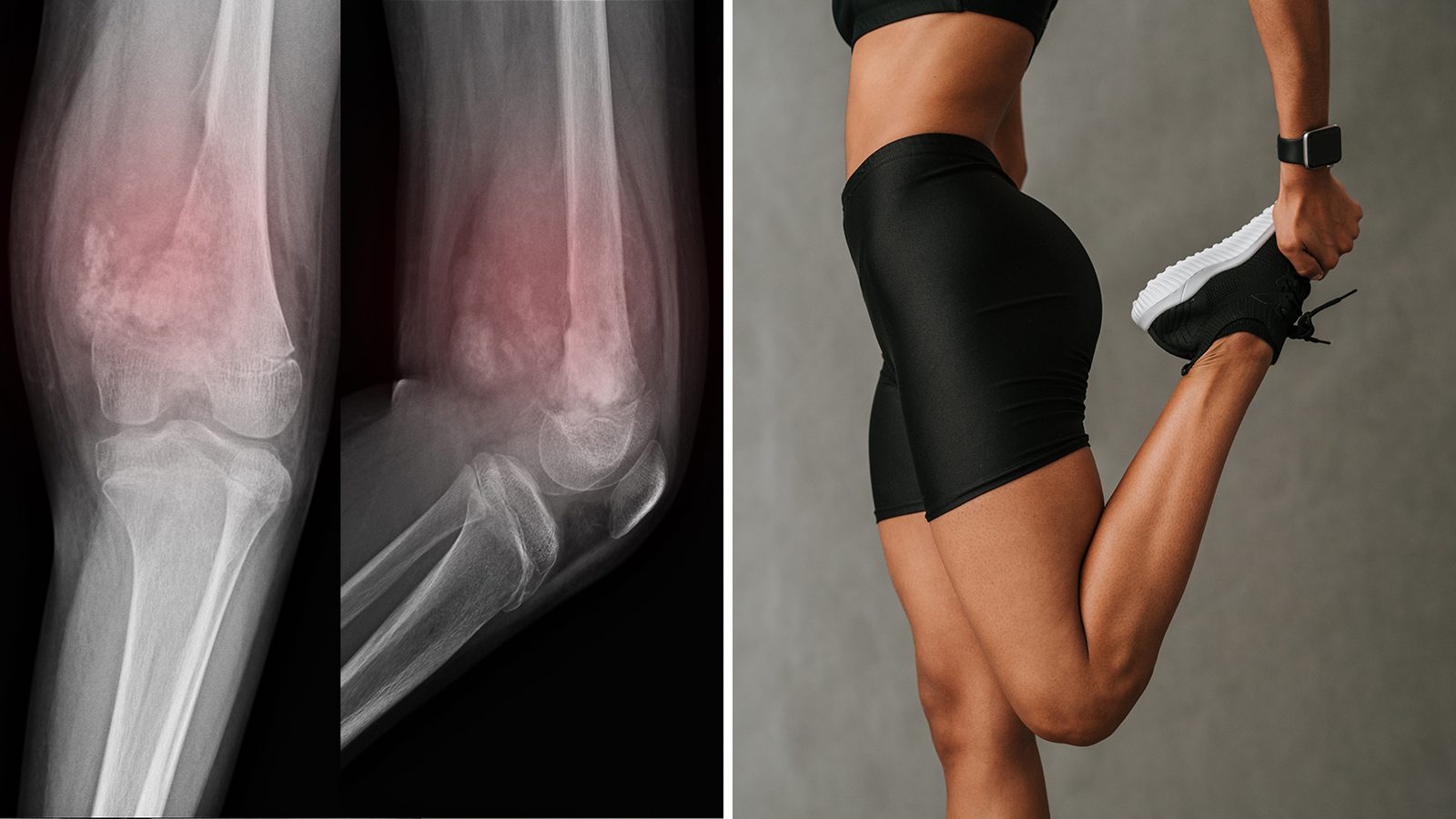Stretches can help increase flexibility and reduce the chances of injury following a workout. Did you know soft tissue injuries are the most common injury in sports? Athletes often complain about sprains and strains of the muscles, tendons, and ligaments.
That’s because these body regions are vulnerable to contusions caused by sudden trauma such as a fall or blunt force. Also, overuse injuries may occur when the body doesn’t have enough time to heal between workouts. If you’re a serious athlete, soft tissue injuries will inevitably happen at some point.
But you can increase your chances of recovery by stretching before and after workouts. It also helps to get plenty of rest, prioritize self-care, and practice positive affirmations to uplift your mind. Taking care of your mental and physical health ensures that you perform your best and feel ready to conquer the day ahead.
Below, we’ll list a few helpful stretches to promote optimal health and discuss more information about soft tissue injuries.
What is Soft Tissue?
Soft tissue refers to blood vessels, fat, fibrous tissue, muscles, and other tissues that support the body. They connect other tissues and surround the organs within the body, moving fluids from one body part to the other. Because much of our bodies consist of soft tissue, it’s easy to see why these injuries are so common.
Five Common Soft Tissue Injuries
- A muscle strain occurs when the muscle fibers tear and stretch beyond their limits or contract too strongly.
- Hamstring strains happen when you pull the muscles behind the knee. It often occurs due to overuse or overstretching of the three muscles in this area. As the muscles tear, some people experience pain and bruising.
- Groin strain — The groin sits on either side of the body where the belly meets the legs. These muscles help pull your legs together and move your hips in various ways. Groin injuries can result in thigh bruises and may take several weeks to heal completely.
- Low back pain — Many people today complain about lower back pain due to increasingly sedentary lifestyles. Low back pain can range from mild to debilitating and may inhibit mobility. Some people also experience pain that radiates into the upper thighs and hips.
- Shin pain — Athletes commonly report shin pain after participating in strenuous activities. Shin pain can result from wearing the wrong shoes, blunt force trauma, or exercising on new terrain. For instance, some runners complain about shin pain after running on concrete because of the impact on the body.
Three Stretches to Avoid Soft Tissue Injury
Now that you know more about common soft tissue injuries, let’s discuss a few stretches that help prevent them. Try to hold each stretch for at least 30 seconds and repeat three times on each side. Remember to avoid bouncing or moving during the stretch to lower the risk of injury.
1. Hamstring stretches
To perform this stretch:
- Start on the floor, lying on your back.
- Place an exercise band or towel around the toes of one foot while holding the ends of the band with your hand.
- Keep your other leg on the floor and pull the towel toward your head.
- During the stretch, ensure your raised leg remains straight and bring it toward your head as far as possible.
- Hold your leg in this position until you feel a stretch behind your thigh.
2. Quadriceps stretches
- Keep your back and hips aligned in a standing pose and lean forward slightly while contracting your abs.
- Stand on one foot, bend your other leg behind you, and hold the lifted foot with your hand.
- Pull your foot toward your buttocks, and keep the position on each side for thirty seconds.
3. Calf stretches
- Standing several feet from the wall, place your hands on it while pressing your heels firmly into the floor.
- Point your toes forward toward the wall and put one leg forward.
- Bend your knee over the toes and keep pushing your heels into the floor. Hold for at least thirty seconds.
Other Prevention Tips for Soft Tissue Injuries
- Condition and train properly. The best way to avoid injuries involves regular exercise to maintain fitness levels. Athletes should still stretch and train during off-seasons to keep their bodies in optimal shape.
- Wear the right clothes and shoes. Comfortable, loose-fitting clothes will prevent injury because they allow you to move more freely. Also, replace shoes with holes or tears to protect your feet during vigorous exercise.
- Work out at your own pace. If you haven’t exercised in a while, don’t try to bite off more than you can chew. Incorporate new exercises each week until you’ve developed a plan that works for you. Doing too much physical activity at once can lead to injury if you haven’t trained properly.
- Warm-ups. Before you exercise or even stretch, it’s essential to prime your body for a workout. Typical warmup routines include jogging in place, arm circles, jumping jacks, mountain climbers, and breathing exercises. Preparing your body for an activity increases your heart rate and loosens your muscles to prevent injury.
- Stay hydrated. Drink plenty of water throughout the day, especially before and after exercise. Believe it or not, dehydration can lead to injury because it causes muscle tension and cramping.
- Cool down. Just like you should warm up before exercising, you should also make time to cool your body down. After your workout, take at least 10 minutes to stretch, walk, or even lie down to slow your heart rate and breathing.
- While it’s essential to exercise, you also need rest days so your body can recover. Set aside at least two days per week for relaxation to recharge your batteries.
Final Thoughts on Stretches That Prevent Injuries
If you want to avoid getting injured during exercise, stretch before and after workouts. Stretching keeps the muscles and joints limber while increasing flexibility. Anyone who works out regularly can attest to the importance of stretching to maintain optimal health. The best stretches for preventing soft tissue injuries include hamstring, quad, and calf stretches.
















 Community
Community

